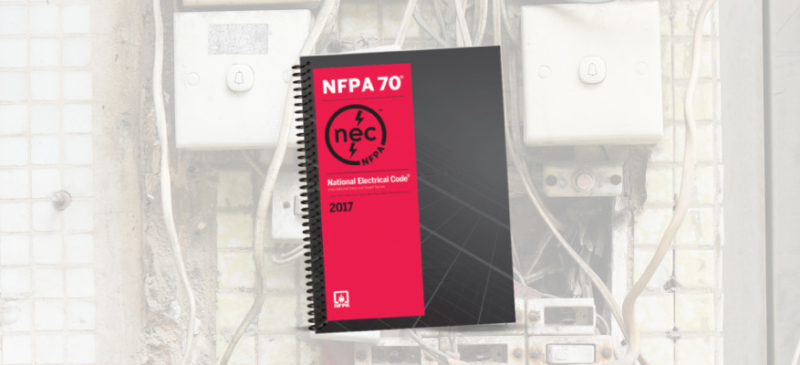
Quick Look at the 2017 Electrical Code Changes
Due to the fast pace of technology, the National Electrical Code must be revised and expanded every three years to remain relevant and up to date with the latest movement in the electrical field. It is important for anyone engaged in the electrical industry to stay on top of the latest trends and updated code.
Floor Outlets
New code requires one floor outlet per every 215 sq. ft. in a meeting room under 1,000 sq. ft. and over 12′ wide. Must be no closer than 6′ from a wall. The intent is to spread them out so one four plex is not equal to 860 sq. ft. Example: 970 sq. ft. = 4.5 thus 5 are needed.
Wall Outlets
Wall outlets are now required every 6′ horizontally.
Terminal Connections
Installation of conductors requires landing them at terminals all through the the building. A torque tool must be used to achieve the required torque value. Too loose or too tight connections cause fires. Difficult to test once building is hot so we need to witness torque tool usage during construction and/or special inspect connections. We can do it soon on Belmont for example.
AFCI’s
Arc-Fault Circuit Interrupter’s (AFCI) are now required for protection for circuits to guestroom outlets. This adds cost for devices and labor to install ground wire to the breakers.
GFCI
- Ground Fault Circuit Interrupter (GFCI) outlets are still required in bathroom and around possible wet areas.
- Now required protection for construction temp wiring.
Surge Protection Fire Pump
A Surge Protection Fire Pump is now required on the fire pump controller. Findings of NFPA show wear and tear in pumps without protection.
There are other detailed changes that apply to design of systems and installation that point to more safety some of which do not take effect until 2020. Like all code changes, it takes years for everyone to learn and implement. We need to review all code updates with consultants to ensure compliance of CDs. Construction compliance a different approach.

